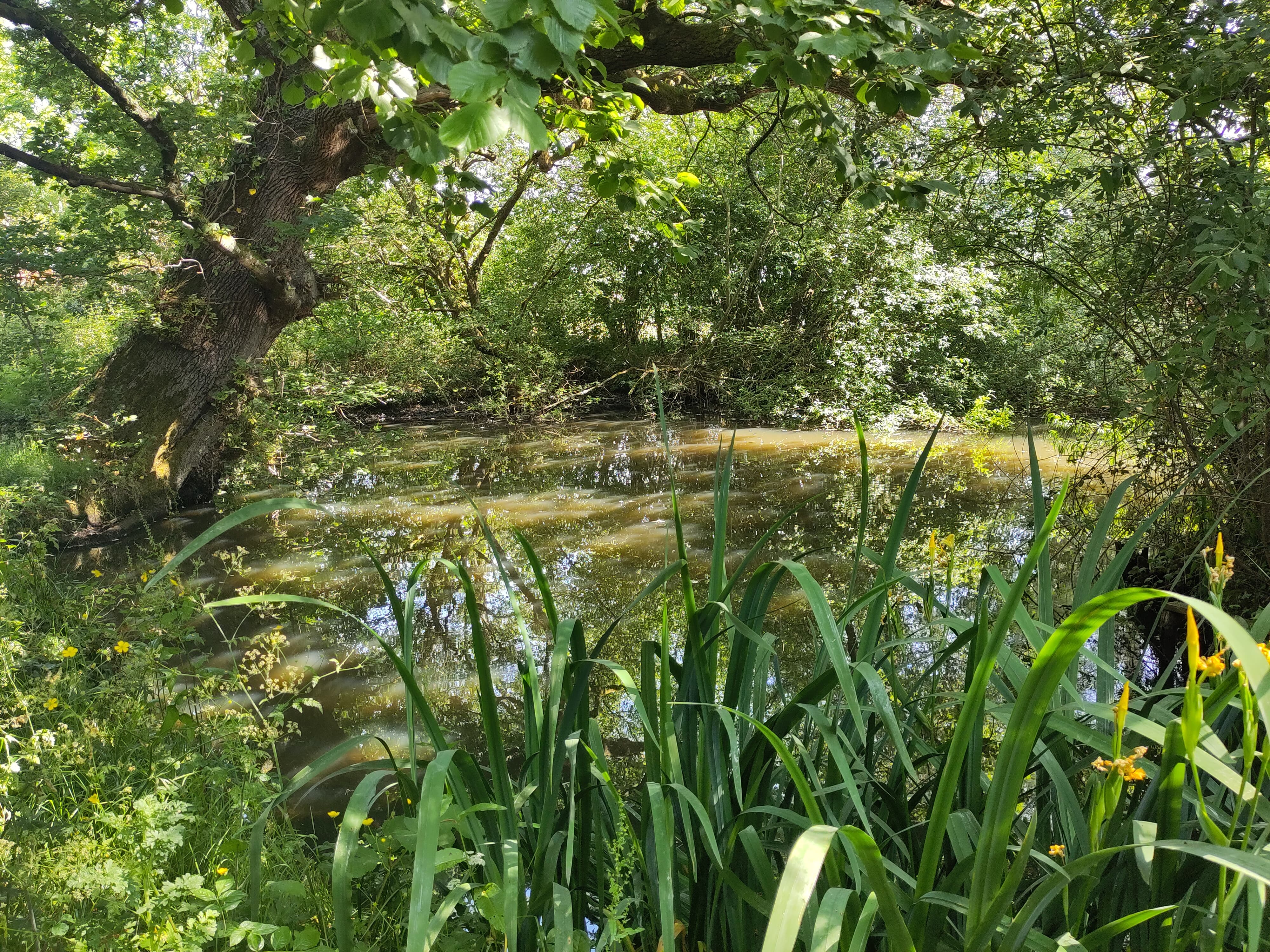
Great Crested Newts

Background
Whilst they may appear to be ubiquitous in the landscape, the populations in the UK are internationally important and remain under threat from habitat loss and fragmentation. Often painted as the villain of the scene by sections of the media and other commentators, great crested newts have born the brunt of bad headlines and been used as an illustration of unnecessary delays to development. However, with timely planning and sensitive design there is no reason why this important species should cause unnecessary delays to your project.
With new licensing initiatives and a suite of survey techniques we can work with you and your team to smooth your path through planning and construction.
Risk Assessment
Our stage one of the assessment is a desk-study to locate any ponds within 500m of the developable area and to determine if there are any existing barriers to dispersal from these ponds towards your site. Our ecologists make an assessment of the likely suitability for great crested newts of the habitats both on your site and also in the local area. The risk of great crested newts being present on your site increases with certain key factors including; the number and proximity of ponds, the presence or otherwise of barriers to dispersal, existing records and the situation of the site within the wider landscape. The closer to the site and the greater the number of ponds present within a 250m buffer the greater the risk of great crested newts being present and causing a potential constraint to your proposals. If the risk assessment triggers the requirement for further survey we would then discuss with you the most appropriate survey technique to employ.
A second stage in the risk assessment can include a survey to collect and determine a series of characteristics of the pond to allow the calculation of a Habitat Suitability Index or HSI. This formula returns a probability score for likely occurrence and can assist in refining the need for direct surveys of a collection of ponds. This index is not suitable to determine if great crested newts are in a pond or not, but is very helpful in refining which ponds require further survey and which not.
Survey Techniques
There are two different survey techniques which can be deployed depending on the circumstances both with different advantages and both requiring the surveyor to be licensed by Natural England.
eDNA – Increasingly replacing more traditional methodology this survey involves the collection of a series of water samples from a particular waterbody, requiring care and following some basic bio-security measures to prevent any accidental cross contamination. Our licensed ecologists collect the samples in the field and send them to a laboratory for analysis, our chosen supplier is NatureMetrics eDNA Surveys | Biodiversity Analysis & Monitoring Experts | NatureMetrics who can provide a result within a standard 10 day turnaround time of in a fast turnaround of five or even as quickly as two days. This survey technique can determine the presence or likely absence of great crested newts in a pond and is sufficient information to inform a planning application and an application to Natural England for a mitigation licence in some low impact scenarios. The main advantages of this methodology are – speed and cost, as the survey only requires a single site visit.
Pond surveys – This type of survey has been carried out for many years and follows a very standardised methodology that is set out in the 2001 English Nature publication Great Crested Newt Mitigation Guidelines. The survey requires a series of either four or six surveys visits, the former to determine presence or likely absence and the latter to allow a calculation of the population size class. During each survey a visit a minimum of three separate survey techniques must be employed, these include; searching for great crested newt eggs which they lay onto submerged vegetation and a torchlight survey carried out at night using a high powered torch to light up the pond and count any newts that are observed. The other key technique is bottle trapping, with traps set-out around the margins of a pond during the evening and then collected back in early the following morning. Great crested newts it seems are rather inquisitive and will obligingly explore the traps allowing us to determine gender, life stage and population size. The main advantage of this methodology is – collecting information on the population size and structure. The results can be used for a planning application and for any level of mitigation licence application.